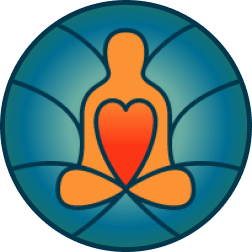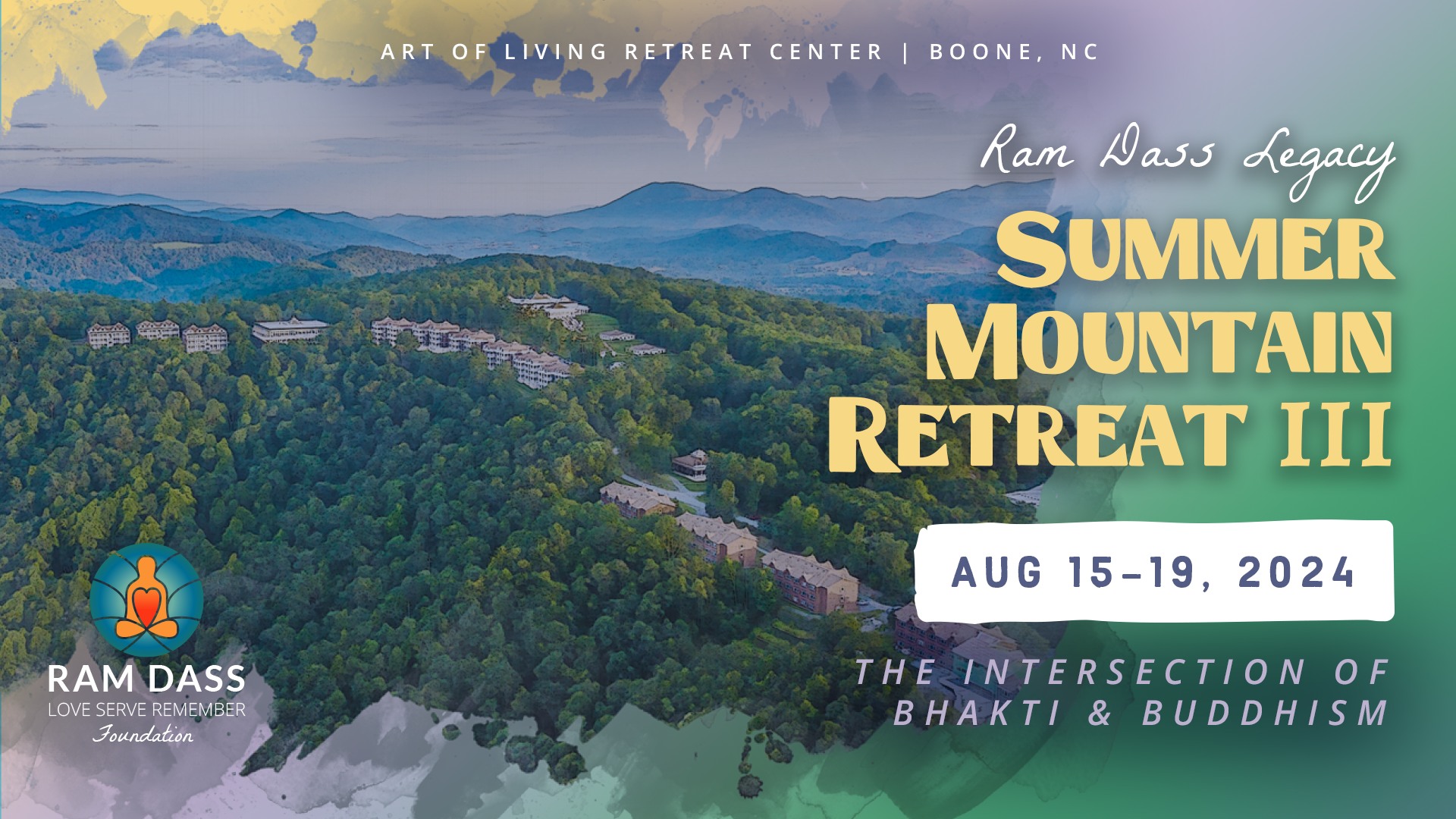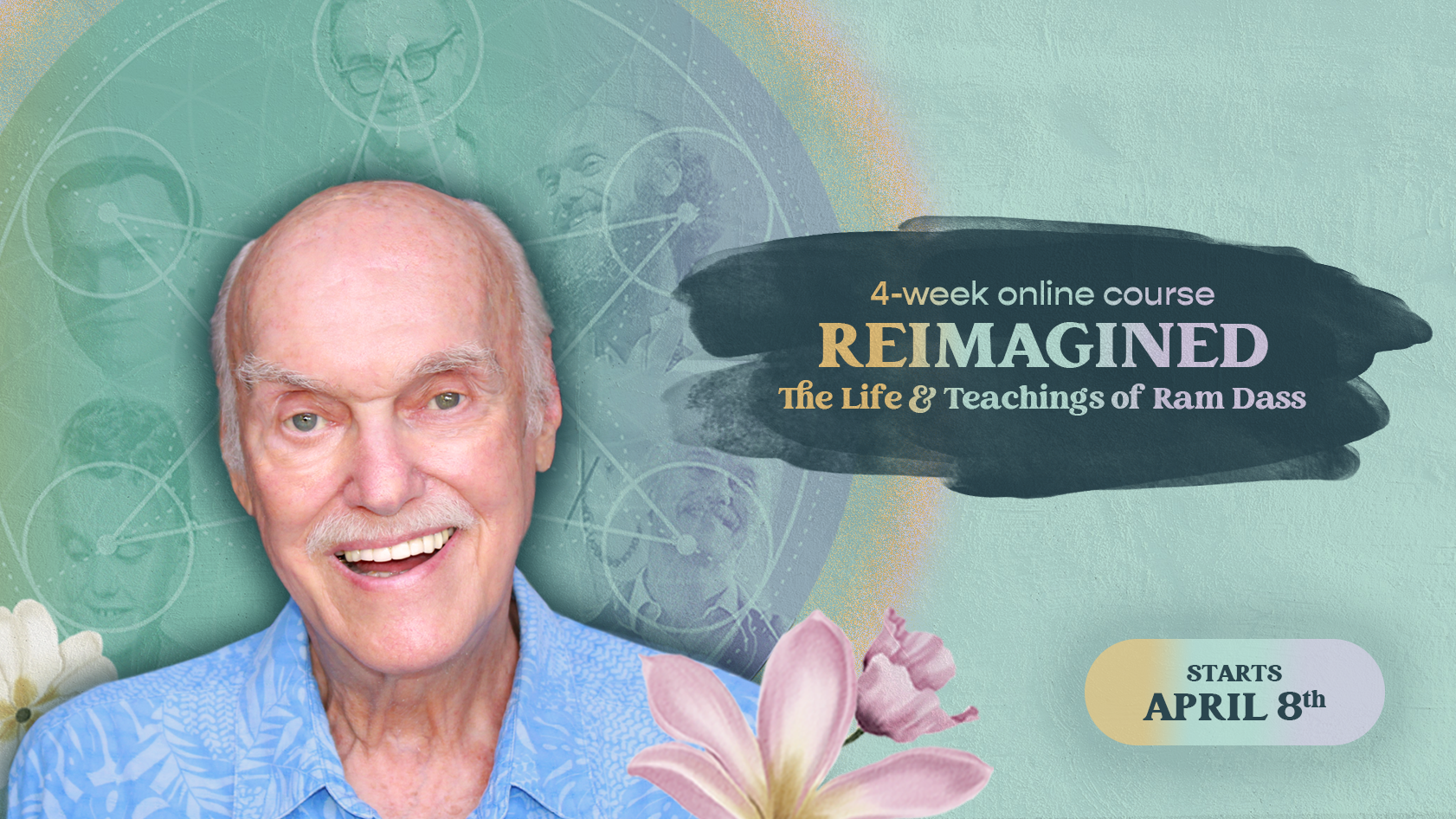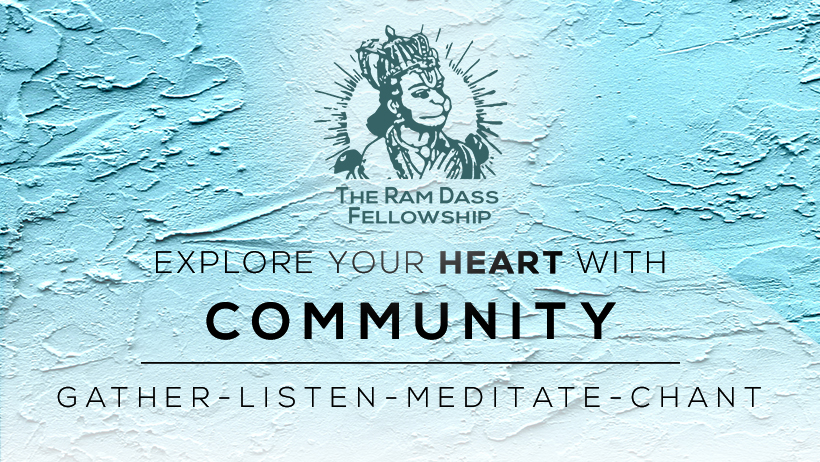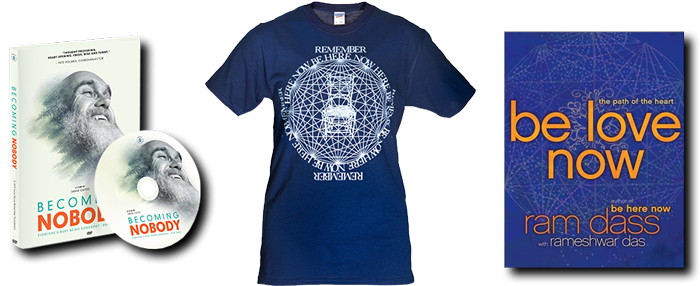We are at a time in our nation when we are waking up to more and more traumatic material that has been woven into the very fabric of our culture. And many of us want to hear the guidance of Ram Dass, so we went into the archives and found some of his lectures on social justice. Below is an excerpt from a discussion at the Lama Foundation in 1983 where Ram Dass discusses jumping into social action, staying centered, and saying a loving “no” to injustice as a part of our individual and collective liberation.
It is time to very gently move closer to the fire. I can feel that where the mind might be frightened, maybe the heart can walk forward with courage about the immediate future.
I do not feel that you came here just to “stay on the edge” but to really climb in. And if we are going to act from the space that I am suggesting, we really have to learn to “keep our hearts open in hell.” To do that requires acknowledging inside ourselves a place of equanimity, and learning to rest there even when our hearts are being tossed violently about. I don’t have to go far afield to find a hell realm to describe. All-too-familiar images close at hand will provide your heart with the traumatic material for its work.
Consider:
-
- A world in which millions die of starvation although enough food is produced;
- A world fraught with increasing insecurity, anarchy and violence;
- A world agonizing with the silent screams of political prisoners;
- A world in which we are living at the edge of moral and physical catastrophe;
- A world in which the cost of war material is draining our energy system and thus perpetuating poverty and hunger and resultant political instability;
- A world in which vigilante justice is castrating our international organizations;
- A world in which foreign aid is focused on national self-interest instead of human interest;
- A world of runaway ecological pollution and squandering of non-replenishable natural resources;
- A world in which business and government are increasingly non-accountable;
- A world of political chauvinists, obsessed with national pride and loyalty which supersedes loyalty to species or to life itself;
- A world of suddenly appearing epidemics such as AIDS which defy understanding as to cause or treatment;
- A world in which children do not expect to grow up.
The equanimity to face all of this cannot be rooted in denial. Rather it must be rooted in an acknowledgment of how it all is. But to look head-on at the horrible beauty of the universe as is, without hiding behind fantasy or denial and selective perception, takes guts. To look Shiva in the eye, to acknowledge the violent as well as the gentle, the ugliness as well as the beauty, the greed and selfishness as well as the compassion and mercy, the sickness, death, and decay as well as health and life—and to all of it—ALL of IT—to say “YES!” – that is the ground on which true equanimity rests.
We protect our hearts because of fear that they will break. Yes, they will break. But out of the pieces will be forged a new heart, a strong and fearless heart, a compassionate heart, a heart that is invulnerable. That is what is required. Nothing less!
So to be effective agents for social change we have to start with ourselves. First, we have to work on ourselves until we can be in the world without being automatically reactive. As the stuff of the world around us comes pouring in on us, instead of reacting with fear and aversion or greed and grasping, the art is to introduce a moment of clear quiet awareness between the input (or perception) and the output (or response). By adding this moment of awareness, we break the chain of reactivity that keeps us all so unconsciously bound. Look around and see how reactive people are to each other and how little space there is in the system. Just bringing a bit of awareness to each moment can help. Gandhi says, “What you contribute may seem very insignificant, but it’s still very important that you do it.”
With a bit of quiet awareness, you have a different perspective in situations. And sometimes with that perspective, you can see alternatives in a difficult situation, which shifts the entire dynamic and brings space and possibility anew.
The political arena does not usually attract very conscious and spacious players, and as such, it may not be the optimum vehicle for social change. However, even there, true statesmen and stateswomen, beings with a quiet inner context, can potentially bring about profound changes.
Besides quieting the mind, we have to learn to keep our hearts open. Social movements attract people to a lot of different motives. And we meet many people in social actions whose motives are not the same as ours. Although this confusion of motives makes our work together more difficult, we can still do a caring and effective job. What I’ve learned, however, is that my first job is to not get caught in either my judgments of them or in their projections about me.
If you are in the forest and seeing many different trees—oaks, fir, pine, aspen, etc.—you aren’t inclined to be continually judging: “That pine should be an oak.” But the minute we get near humans we start judging. It’s very funny. We are constantly saying, “If only everybody were working for the motive that Gandhi was working for.” And open-hearted appreciation of individual differences in humanity rather than just judgment is very important.
Kabir, the Sufi mystic, said, “Do what you do with another person, but never put them out of your heart.” As I’ve studied being involved in more and more social action, I’ve begun to see that learning how to say “no” without closing my heart is also very important, disagreeing with somebody without seeing the person as an opponent, staying in the place just behind that so that even the “no” heals as opposed to being divisive. Most of us, especially those who have children, face having to say “no” often. A child asks for something, and you’re going to say “no” out of the best motives in the world. Yet you know that the child is going to be frustrated by not getting what it wants. There’s a part of you that empathizes with that child. Furthermore, because the child is frustrated, the youngster is going to look for an object of aggression, and it might well be you. And it hurts for someone you love to be angry with you. So you get a double whammy of negative feeling when you say “no.”
In a situation like this, you tend to close your heart down just a little bit so as to be able to handle these feelings. So what message we really send the child is not only a “no” message. We push them away emotionally, as well.
Social actions are fraught with disagreements and the saying of “no” to others. It’s a great opportunity to watch your heart close down and open and close and open.
… Since we’re not starting other than from our humanity, all we can do is use the situations in which we close down as exercises to work on ourselves, to watch how we lose it again and again. We must be very compassionate with ourselves, and each time just center again, quiet again and begin again.
-Ram Dass, Lama Foundation, 1983
Click here for more educational resources on social justice and racial equality.

